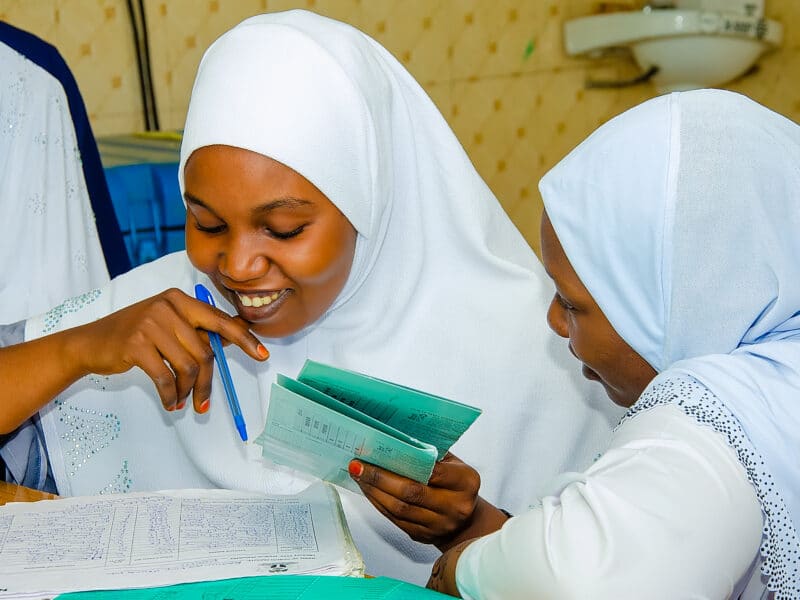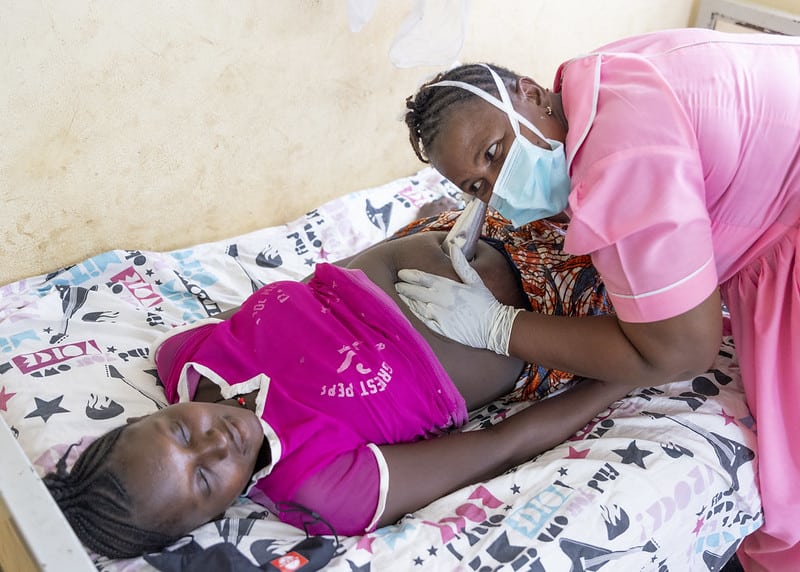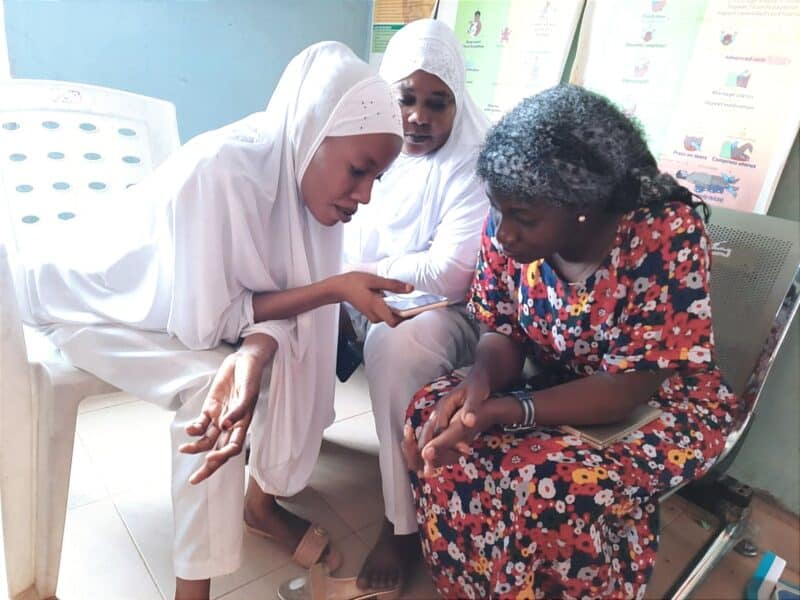A top priority of Ethiopian health officials is to get more women to give birth in health facilities, rather than at home in their rural villages where they and their newborns are at greater health risk, especially if there are complications.
But many women live very long distances from health centers. It can take hours to walk to one, making it impossible to travel there when the baby is already on its way. According to the 2016 Demographic and Health Survey, only 26 percent of Ethiopians gave birth in a health facility and the percentage was even lower in poor, rural areas.
To make it easier for rural women to deliver safely at a health facility, the government is building maternal waiting rooms in health centers across the country. But these aren’t your typical waiting rooms. The emphasis is on the word wait, as pregnant women may travel a couple of weeks before their due dates to ensure they can deliver their babies in a health center, which increases the odds of a healthy birth and a healthy mother. So, when they can, they arrive early and then sit around and wait for the babies to arrive.
This is where the Johns Hopkins Center for Communication Programs’ Communication for Health project comes in. The USAID-funded project aims to improve lives in four regions of Ethiopia by encouraging Ethiopians to adopt healthy behaviors related to maternal and child health, family planning, nutrition and more. These maternal waiting rooms present an invaluable opportunity to educate pregnant women by highlighting healthy behaviors while they have little else to do.
CCP has created a series of six videos that run six-to-nine minutes each, covering a wide range of information the women will eventually need to care for themselves and their babies. The videos cover post-pregnancy family planning, newborn child care, breastfeeding, immunization, how to recognize if your child is sick, the benefits and proper use of insecticide-treated bed nets and much more. They are followed by a guided in-person discussion facilitated by a midwife or other professional working at the health center.
The stories featured in the videos are real-life tales of families who have dealt with the highs and lows that new parenthood brings. The testimonials are supported by narrations on recommended behaviors for each health issue and behavior addressed.
“The pregnant women are something of a captive audience in the maternal waiting rooms,” says Esete Getachew, a social and behavior change expert working in Ethiopia for CCP. “They are seeing real stories told by real people. And the pregnant women can relate because the stories are just like their own.”
Some of the videos address customs passed down through generations that can be harmful for babies, such as giving small babies water or butter or treating their umbilical cords with charcoal ash.
The videos have been pre-tested with audiences in maternal waiting rooms and the feedback has been positive. One video shows a family where the husband happens to help out his wife with such chores as fetching water, something that is not particularly common in Ethiopian culture. The women who saw that video said it should be required viewing for everyone – especially men.
In the coming weeks, Communication for Health will be sending out more than 200 copies of the videos to health centers in the Amhara Regional State, accompanied by a discussion guides for the facilitators. Midwives, who are expected to lead productive and reflective discussions around the issues raised in the videos, will receive a training on interpersonal communication and facilitating group discussions.
The first set of videos are produced in Amharic and will be shown mainly in health centers in the Amhara region. Additional videos are being developed in other languages for use in the three remaining regions to make sure they are relatable to women there.
“We want to make it as easy as possible for women to make the healthiest choices for their children and themselves,” Getachew says.





